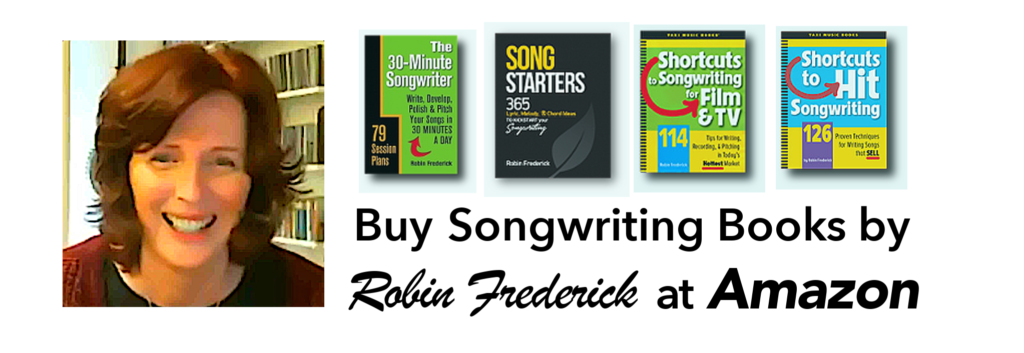I recently got this question from a songwriter who’s just starting out.
Q: Is it okay if my song is a string of verses, with no chorus or bridge? It’s short, too. Can it still be a good song?
A: If a song is a series of verses, it’s in a form that’s been successful for hundreds of years—the folk song form. You can certainly write good songs in that style. These songs often feature a storyline, such as a lost lover, a historical event, or travel to a distant land, but they don’t have to. Good examples of the folk song form are “Scarborough Fair,” “I Am a Man of Constant Sorrow,” and recently Passenger’s “Let Her Go.”
Create a strong refrain line
Most folk songs include a refrain line, a line that’s repeated at the beginning or end of each verse. In “Scarborough Fair” the refrain line is “Parsley, sage, rosemary, and thyme” and it’s the second line in each verse. (Read the lyrics.) For a more recent example, check out the lyrics of Metallica’s Nothing Else Matters. It consists of a string of verses with the refrain/title line “Noting else matters.” It’s the message that runs through the entire song.
In some songs the refrain is a whole section that’s repeated throughout the song, in others it’s a single line that’s repeated once or twice every couple of verses.
The refrain is the line or song section that listeners will remember so give it some extra thought. Try to sum up the emotional feel of your song. Is it a haunted love ballad? Try ghostly images of a dream lover. Or is it a song about adventure and risks? Use action words like “run” “shout,” “fight,” or “fly.” Images and action words make a stronger impression on the listener than just telling them about what’s happening.
If you want to give your folk song an authentic, traditional flavor, use language that feels rural or old fashioned. The hit song “Let Her Go” by Passenger is a great example. (Read the lyrics here.) Notice how organic and simple the language is. There’s nothing urban or slangy here.
Give the Folk Song form a contemporary feel
If you’d like to update this song form and give it a modern edge, try going to a new section after two verses, maybe a bridge. Then come back for another verse or two, then repeat the bridge. This will add length to your song and give it more variety, keeping it more interesting for listeners. This is often referred to as the AABA form or Verse / Verse / Bridge / Verse form. There are many great examples of this form. “I Saw Her Standing There” by the Beatles, “Somebody Like You” by Keith Urban, “Monday, Monday” by the Mamas and Papas, and “Every Breath You Take” by the Police are just a few.
Here’s an idea: Check out a song like “Iris” by the GooGoo Dolls or “If I Were a Boy” recorded by Beyoncé. These songs use the same melody in every section but raise it up an octave after a couple of verses to create a chorus with energy and emotion. A simple trick, but a good one!
Use a folk song melody
Many folks songs are in the public domain, meaning they are no longer protected by copyright. You can use the melodies of these songs to write a new song of your own. To be safe, look for songs that were written before 1927. Songs by Stephen Foster, traditional English ballads, and many hymns are in the public domain. You can find out more about public domain songs and see an extensive list at the Public Domain Information Project.

